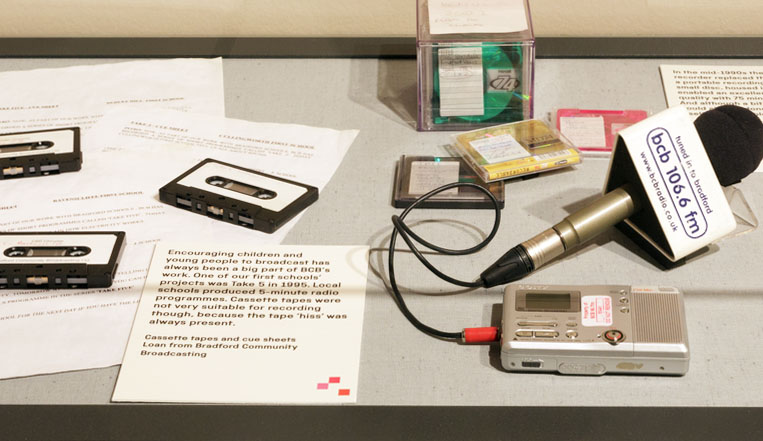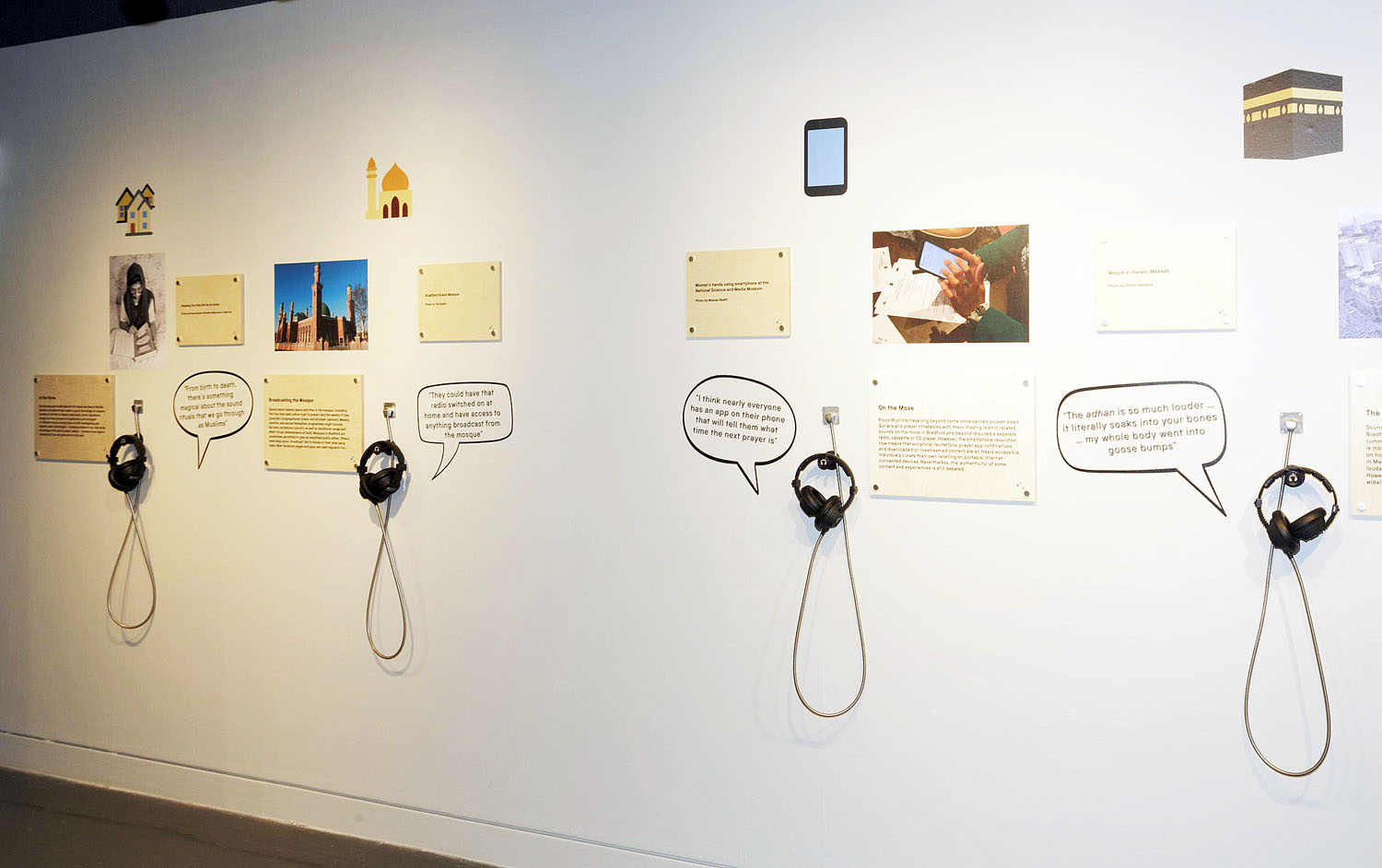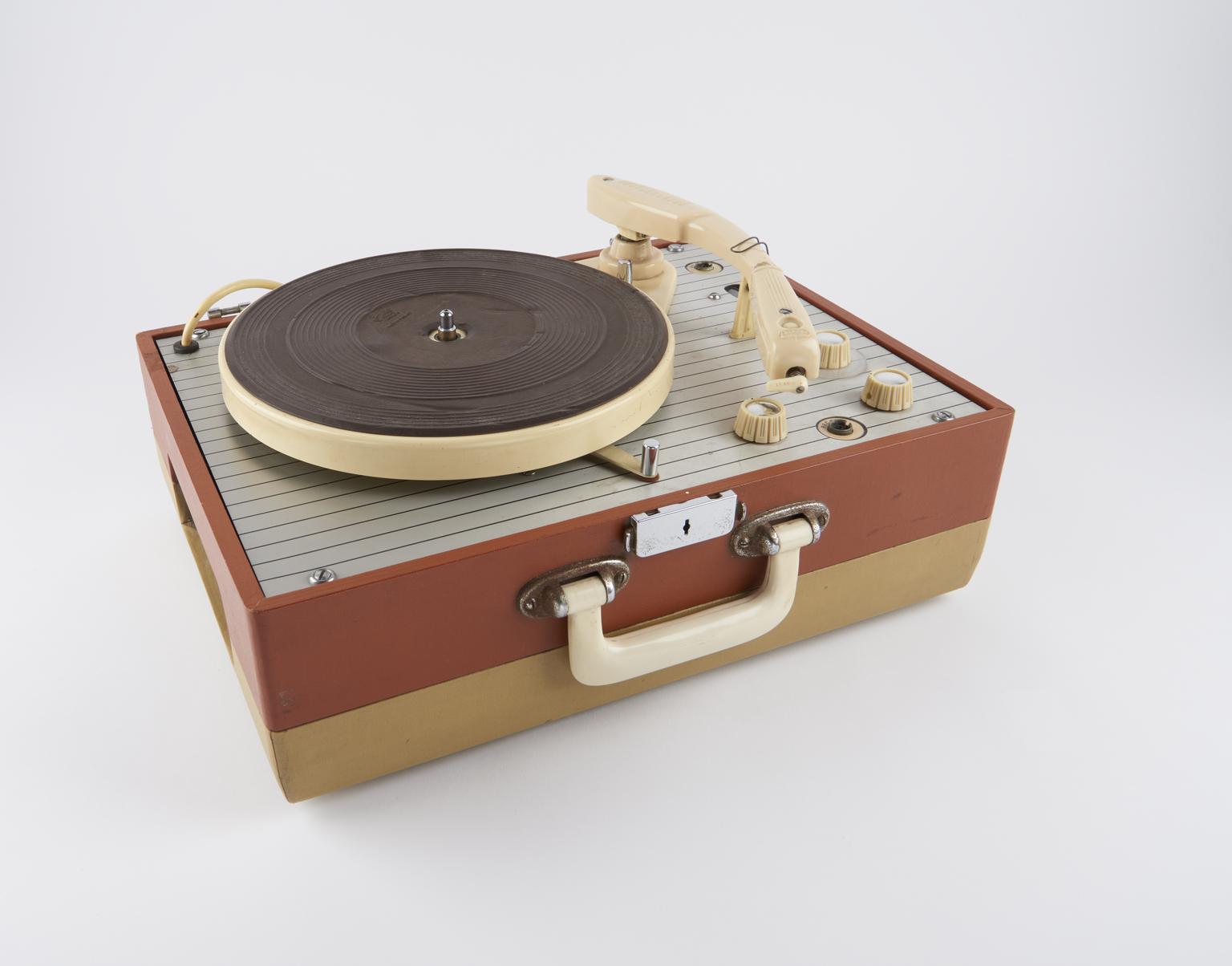Although we don’t usually think of them in this way, museums are spaces for listening as well as looking. Take our current exhibition, Above the Noise: 15 Stories from Bradford. There’s as much to listen to as there is to look at, from community radio to cassette-tape messages, memories of live music to the soundscapes of Islamic prayer.


For a museum of media technologies like the National Science and Media Museum, it wouldn’t make sense to do things in any other way. The media revolution of the 20th century, which brought us radio, cinema, and television, is a story of sound as well as vision. Media technologies capture our ways of hearing the world as well as our ways of seeing it. We listen to them as well as look at them. To understand past media technologies in museums, we need to interrogate them with our ears as well as our eyes, learning as we go about how the world used to sound as well as how it used to look.
The National Science and Media Museum has started a new Sound Technologies Collection to showcase the role of microphones, speakers, synthesisers, and mixing consoles in creating our media sound worlds. Now we need your help in figuring out how to bring this collection to life.

Sound is routinely used in museums and galleries, from audio guides to sound art installations, from archive audio to film soundtracks. Museum researchers have argued that audio can make exhibitions more accessible, give them mood and atmosphere, and help curators deliver multiple narrative perspectives. Many museums are now experimenting with new ways of introducing sound to make the most of this sonic potential.
For museums of science and technology such as the National Science and Media Museum, however, there is perhaps more at stake in using audio than for most museums. The history of our ways and means of recording, reproducing and listening to sound are embedded in and around the objects which form their collections. Media technology objects need a special kind of soundtrack in the museum because part of their essence as objects is the sounds they themselves once made. Those sounds are fundamentally different, in terms of their science and technology, from today’s digital audio.

Take the National Science and Media Museum’s Parlophone Horn Gramophone from the early 20th century. Its ornate horn and spinning record create a richness and crackle that sounds different, and is different, to an MP3. It was used in the age of silent cinema to provide a soundtrack to moving images. Its story is bound up with an age of mechanically-reproduced sound that is now lost.
How do we tell the story of the people who listened to this gramophone, from the expert listeners who built it to the everyday pleasure-listeners who enjoyed it? They had never heard of the speakers and headphones we take for granted and lived in an age where sound in film was revolutionary. When we listen back in the museum, can we recover some of what it meant to listen in the past?
The National Science and Media Museum’s new Gallery Listening Sessions, running for the first times on Saturdays 1 and 22 June and 13 July 2019, are your chance to join us on a journey to answer questions about how we should tell the story of sound in the museum.
We will introduce you to new ways of listening to the galleries and collections. You’ll hear from curators, historians and artists about how they listen, gaining behind-the-scenes insight into how the museum collects and curates. You’ll learn about new sound technology objects in the collection. You’ll test new digital technologies for re-creating past sounds. You’ll get hands-on with microphones, recording the sounds around you, learn how to build a sound map of your daily listening, and plan a museum podcast. By the end, you’ll be an expert listener, ready to help the museum plan its future exhibitions about sound!
We want to hear from you about what sounds matter to you in your daily lives, how you listen to everyday sound technologies, and what you think museums should do to put more of this on show in their exhibitions.
The Listening Sessions are a series and ideally you’d come to all three, but don’t worry, if you can’t make all the dates you’ll be welcome to drop in to the sessions that suit you. As thanks for your time, we’ll be providing lunch.
To book your place, for more information, or to register your interest in future activities, please email me at james.mansell@scienceandmediamuseum.org.uk.
2 comments on “Gallery listening”